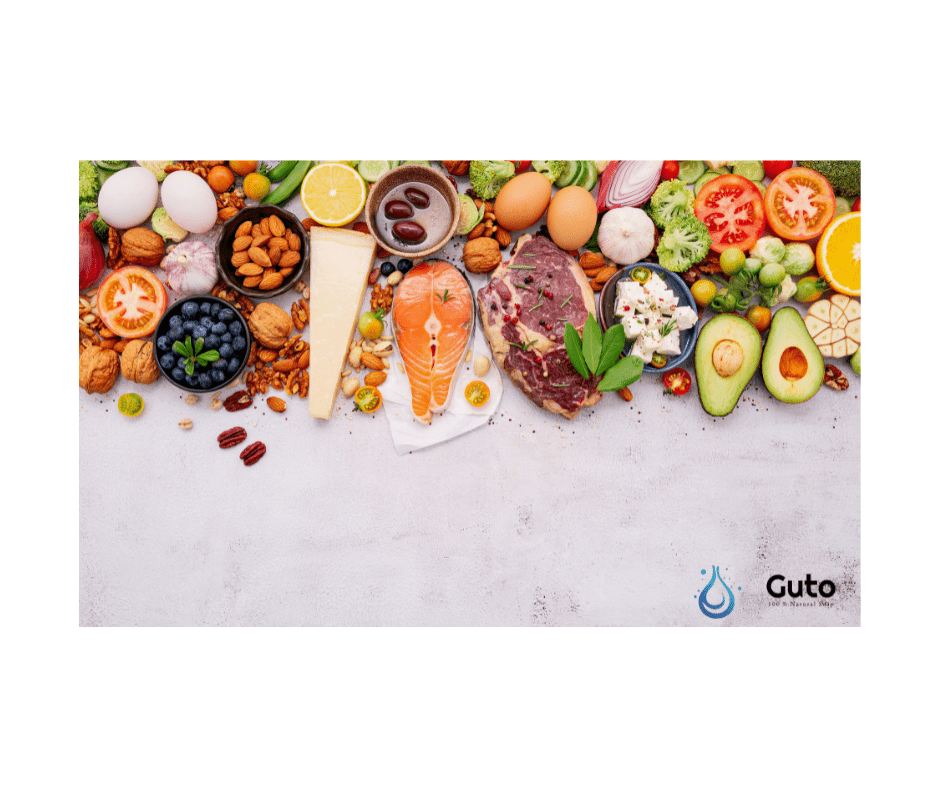
How Junk Food Destroys Our Skin
Share
How Junk Food Destroys Our Skin: Carbohydrates, Processed Foods, and Trans Fats
Have you ever noticed how, after a night of pizza, sugary sodas, and chocolate, your skin looks tired, dull, and irritated in the morning? That’s no coincidence! What we eat directly affects the condition of our skin. Let’s break down why an excess of simple carbohydrates, processed foods, and trans fats can turn your skin into a disaster zone.
1. Simple Carbohydrates: Sugar Highs and Skin Aging
Insulin Spikes and Chaos in the Body
Had a slice of cake or a sweet latte? Your blood is instantly flooded with glucose. In response, your body panics and releases a dose of insulin to lower sugar levels. The result? Hormonal fluctuations, fatigue, and inflammation—showing up first on your face.
Glycation: The Enemy of Youth
Excess sugar reacts with skin proteins (including collagen) and forms Advanced Glycation End Products (AGEs). These compounds bind collagen fibers together, causing the skin to lose elasticity, become saggy, and develop wrinkles.
Inflammation and Acne
Sharp spikes in blood sugar levels increase inflammation in the body. This is a direct path to redness, irritation, and acne. If you want clear skin, start by controlling your carbohydrate intake.
2. Processed Foods: The Trouble in a Package
Loss of Essential Nutrients
Skipped the veggies but grabbed chips and sausages instead? Your body is not happy. Industrial processing destroys vitamins, minerals, and fiber while adding sugar, salt, and preservatives. Instead of nourishing your cells, processed foods provide empty calories, making your skin look dull and dry.
Overloaded Liver
Preservatives, flavor enhancers, and artificial colors force the liver to work overtime. When this organ is overwhelmed, the skin starts sending signals: breakouts, a grayish complexion, and excessive oiliness.
Inflammation at Its Peak
Excess salt, sugar, and saturated fats in processed foods create the perfect storm for chronic inflammation. This leads to redness, puffiness, and increased skin sensitivity.
3. Trans Fats: The Hidden Danger
Inflammation and Premature Aging
Trans fats trigger inflammatory processes in the body. The more you consume, the higher the risk of redness, acne, and even eczema.
Damage to Blood Vessels
Trans fats raise levels of "bad" cholesterol and impair circulation. As a result, the skin receives fewer nutrients, making it look fatigued and dehydrated.
Cell Destruction
Trans fats alter the structure of cell membranes, disrupting metabolism within epidermal cells. The skin loses its elasticity and becomes less resistant to external damage.
How to Protect Your Skin: Practical Tips
✅ Reduce sugar! Replace sweets with fruits, whole grains, and healthy snacks.
✅ Choose natural foods. The fewer ingredients in the product, the better for your health.
✅ Healthy fats are your friends. Instead of margarine and fast food, opt for nuts, avocado, olive oil, and fish.
✅ Stay hydrated. Dehydration worsens the negative effects of unhealthy food.
✅ Exercise and sleep well! Physical activity and quality sleep help regulate blood sugar levels, reduce stress, and aid skin recovery.
Conclusion
Your skin reflects what you eat. If you want to see glowing, healthy skin in the mirror, it's time to rethink what’s on your plate. Cut back on simple carbohydrates, avoid processed foods, and forget about trans fats. Your body will thank you, and your skin will reward you with freshness and a healthy glow!







